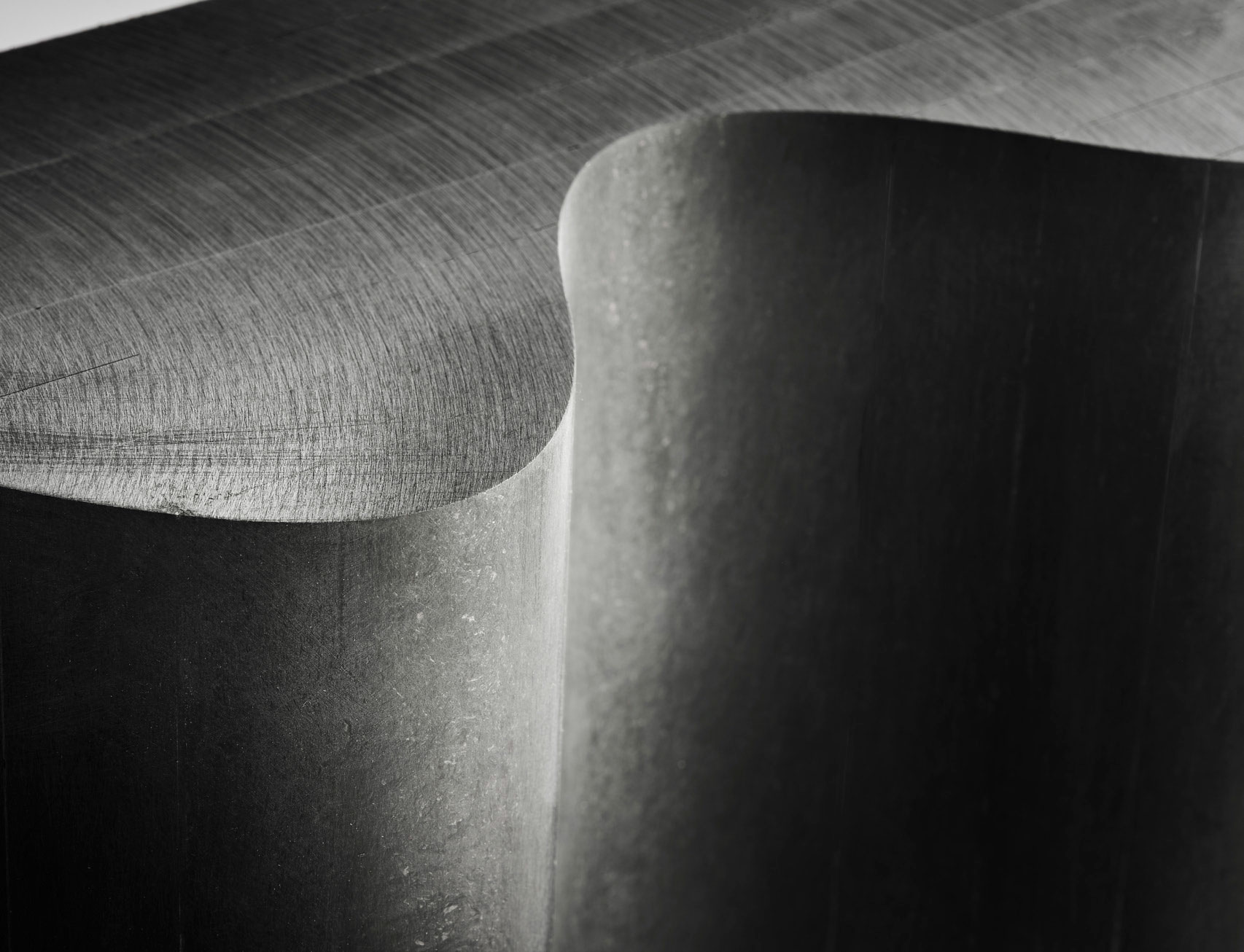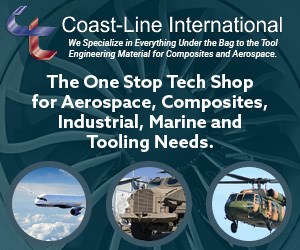Composites Use in Pressure Vessels
High-pressure gas storage vessels represent one of the largest and fastest-growing markets for advanced composites, particularly for filament-wound carbon fiber composites. Although they are used in self-contained breathing apparatuses and provide oxygen and gas storage on aerospace vehicles, the primary end markets are for storage of liquid propane gas (LPG), compressed natural gas (CNG), renewable natural gas (RNG) and hydrogen gas (H2).

Latest Pressure Vessels Articles
VIEW ALLAMSL Aero makes H2 testing milestones for hybrid Vertiia eVTOL
Bankstown and Wellington fuel cell work has helped to verify Vertiia’s powertrain while also feeding electricity into the airport grid, bringing the composites-intensive Australian aircraft closer to flight.
Read MoreGVP tanks pass extreme fire tests, confirm market readiness
Full-size, high-pressure Type 3 composite tank test results conclude safe containment during severe fire scenarios, concluding the final stage of GVP’s certification program.
Read MoreHexagon Agility reaches milestone with additional orders supporting X15-N natural gas trucks
Additional natural gas fuel system orders at a value of $4.3 million include more than 20 Class 8 fleets.
Read MoreClean Hydrogen Partnership announces 26 new projects
Awarding €154.6 million in grants, the Clean Hydrogen Joint Undertaking aims to accelerate development and deployment of hydrogen technologies across Europe.
Read MoreQuantum Fuel Systems, OneH2 develop 930-bar hydrogen tanks
High-pressure Type 4 cylinders are installed in hydrogen trailers with cascading function for simplified mobile refueling and gas distribution.
Read MoreAimen contributes to OVERLEAF 3D printed cryogenic tank
Dual thermoplastic composite system, developed to withstand temperatures below -250°C, demonstrates aviation decarbonization strategies.
Read MoreKnowledge Centers

CW’s editors are tracking the latest trends and developments in tooling, from the basics to new developments. This collection, presented by Composites One, features four recent CW stories that detail a range of tooling technologies, processes and materials.
LEARN MORE
CompositesWorld’s CW Tech Days: Infrastructure event offers a series of expert presentations on composite materials, processes and applications that should and will be considered for use in the infrastructure and construction markets.
LEARN MORELatest Pressure Vessels News And Updates
Multi-segment orders demonstrate Hexagon Group strategy strength
Hexagon Purus, Hexagon Agility and Hexagon Digital Wave subsidiaries, focused on applications related to composites and clean energy, report new U.S. and international hydrogen orders.
Read MoreOVERLEAF webinars share composite LH2 innovations, results
A series of three webinars presented by OVERLEAF project partners explore how it is achieving a novel low-pressure, LH2 storage system architecture through LCA methodologies, optical hydrogen sensors and cryogenic-ready 3D printing and materials.
WatchCIMC-Hexagon delivers its first Type 4 H2 tanks to Europe
Joint venture company has obtained European TPED certification, a critical step to develop local Type 4 tank certification in China, ramp up production capacity.
Read MoreROAD TRHYP to maximize hydrogen tank transport capabilities
European consortium aims to develop an innovative hydrogen trailer to improve the amount of hydrogen gas transported using Type 5 thermoplastic composite tanks.
Read MoreHexagon extends agreement with Stadler for hydrogen train rollout
Delivery of Type 4 storage systems for rail applications in California add to Hexagon Purus’s extensive delivery prowess.
Read MoreAirbus outlines next-gen single-aisle aircraft technology focuses, revised ZEROe project roadmap
Outlined technology bricks — including foldable wings, more efficient engines and propulsion and composite materials — could support a planned single-aisle next decade, plus Airbus’s renewed commitment of a commercially viable H2 aircraft.
Read MoreFeatured Posts
Plant tour: Hexagon Purus, Kassel, Germany
Fully automated, Industry 4.0 line for hydrogen pressure vessels advances efficiency and versatility in small footprint for next-gen, sustainable composites production.
Read MoreComposites end markets: New space (2025)
Composite materials — with their unmatched strength-to-weight ratio, durability in extreme environments and design versatility — are at the heart of innovations in satellites, propulsion systems and lunar exploration vehicles, propelling the space economy toward a $1.8 trillion future.
Read MoreComposite bipolar plates provide 81% improvement to hydrogen fuel cell power density
Ultra-thin CFRTP plates developed by Hycco achieve a 7.5 kilowatt/kilogram power density, high durability for fuel cells in long-flight drone and heavy-mobility applications.
Read MoreDevelopment of a composite liquid hydrogen tank for commercial aircraft
Netherlands consortium advances cryogenic composites testing, tank designs and manufacturing including AFP, hybrid winding, welding of tank components and integrated SHM and H2 sensors for demonstrators in 2025.
WatchComposite pressure vessels enable future energy storage
Q&A between Hexagon Purus, Infinite Composites and Hyosung USA delves into the future of H2 storage, including scalability and production goals, materials and application trends and other dynamics.
Read MoreBraided thermoplastic composite H2 tanks with co-consolidated molded boss areas to fit EV battery space
BRYSON project demonstrates possible designs, automated manufacturing and low permeability concepts, including EVOH liner and novel PPA matrix.
Read MoreFAQ: Pressure Vessels
What are the types of pressure vessels?
You may see pressure vessels or storage tanks listed as one of various numbered “Types.”
Pressure vessels are organized into five types:
-
-
- Type I: All-metal construction, generally steel.
- Type II: Mostly metal with some fiber overwrap in the hoop direction, mostly steel or aluminum with a glass fiber composite; the metal vessel and composite materials share about equal structural loading.
- Type III: Metal liner with full composite overwrap, generally aluminum, with a carbon fiber composite; the composite materials carry the structural loads.
- Type IV: An all-composite construction, polymer — typically polyamide (PA) or high-density polyethylene (HDPE) liner with carbon fiber or hybrid carbon/glass fiber composite; the composite materials carry all the structural loads.
- Type V: Linerless, all-composite construction.
-
Do composites have a role in the hydrogen economy?
For years, composites have offered lightweight storage of compressed hydrogen (H2) gas for zero-emission, fuel cell-powered vehicles via Type IV tanks comprising plastic liners wrapped with carbon fiber and epoxy resin. Though H2 has long promised a sustainable source of clean energy, until recently, progress was slow.
As the market continues to grow, demand for Type IV tanks continues to increase, with new technologies in development.
Follow CompositesWorld’s continuing hydrogen market coverage for the latest.
Source: The potential for hydrogen to fuel composites growth



































